Geza Odor981281227X, 9789812812278
The book helps the reader to navigate in the zoo of basic models and classes that were investigated in the past decades, using field theoretical formalism and topological diagrams of phase spaces. Based on a review in Rev. Mod. Phys. by the author, it incorporates surface growth classes, classes of spin models, percolation and multi-component system classes as well as damage spreading transitions. (The success of that review can be quantified by the more than one hundred independent citations of that paper since 2004.)
The extensions in this book include new topics like local scale invariance, tricritical points, phase space topologies, nonperturbative renormalization group results and disordered systems that are discussed in more detail. This book also aims to be more pedagogical, providing more background and derivation of results. Topological phase space diagrams introduced by Kamenev (Physical Review E 2006) very recently are used as a guide for one-component, reaction-diffusion systems.
Contents: Out of Equilibrium Classes; Genuine Basic Nonequilibrium Classes with Fluctuating Ordered States; Genuine Basic Nonequilibrium Classes with Absorbing State; Scaling at First-Order Phase Transitions; Universality Classes of Multi-Component Systems; Surface-Interface Growth Classes.
Table of contents :
Contents……Page 16
Preface……Page 6
Acknowledgments……Page 14
1.1 Critical exponents of equilibrium (thermal) systems……Page 22
1.2 Static percolation cluster exponents……Page 23
1.3 Dynamical critical exponents……Page 25
1.4 Crossover between classes……Page 30
1.5 Critical exponents and relations of spreading processes……Page 31
1.5.1 Damage spreading exponents……Page 33
1.6 Field theoretical approach to reaction-diffusion systems……Page 34
1.6.1 Classification scheme of one-component, bosonic RD models, with short ranged interactions and memory……Page 38
1.6.2 Ageing and local scale invariance (LSI)……Page 41
1.7 The effect of disorder……Page 44
2.1 Field theoretical description of dynamical classes at and below Tc……Page 48
2.2 Dynamical classes at Tc > 0……Page 51
2.3 Ising classes……Page 52
2.3.1 Correlated percolation clusters at TC……Page 53
2.3.2.1 Model-A……Page 54
2.3.2.2 Model-B……Page 56
2.3.3 Competing dynamics added to spin-ip……Page 58
2.3.5 Long-range interactions and correlations……Page 61
2.3.7 Disordered Ising classes……Page 62
2.4 Potts classes……Page 66
2.4.1 Correlated percolation at Tc……Page 67
2.4.3 Dynamical Potts classes……Page 68
2.5 XY model classes……Page 70
2.5.1 Long-range correlations……Page 72
2.6 O(N) symmetric model classes……Page 73
2.6.1 Correlated percolation at Tc……Page 74
2.6.2 Disordered O(N) classes……Page 75
3.1 Driven lattice gas (DLG) classes……Page 76
3.1.1 Driven lattice gas model in two-dimensional (DDS)……Page 77
3.1.2 Driven lattice gas model in one-dimensional (ASEP, ZRP)……Page 78
3.1.3 Driven lattice gas with disorder……Page 83
3.1.4 Critical behavior of self-propelled particles……Page 84
4. Genuine Basic Nonequilibrium Classes with Absorbing State……Page 86
4.1 Mean-field classes of general nA (n + k)A, mA (m – 1)A processes……Page 88
4.1.2 Site restricted (fermionic) models……Page 89
4.1.3 The n = m symmetric case……Page 90
4.1.4 The n > m asymmetric case……Page 91
4.1.5 The asymmetric n < m case……Page 92
4.1.6 Upper critical behavior and below……Page 93
4.2 Directed percolation (DP) classes……Page 94
4.2.1 The contact process……Page 102
4.2.2 Two-point correlations, ageing properties……Page 103
4.2.3 DP-class stochastic cellular automata……Page 104
4.2.5 DP with spatial boundary conditions……Page 108
4.2.7 L evy fight anomalous diffusion in DP……Page 112
4.2.8 Long-range correlated initial conditions in DP……Page 114
4.2.10 Quench disordered DP classes……Page 116
4.3 Generalized, n-particle contact processes……Page 120
4.4 Dynamical isotropic percolation (DIP) classes……Page 124
4.4.1 Static isotropic percolation universality classes……Page 125
4.4.3 L evy fight anomalous diffusion in DIP……Page 127
4.5 Voter model (VM) classes……Page 128
4.5.1 The 2A (ARW) and the 2A A models……Page 130
4.5.3 CDP with parabolic boundary conditions……Page 132
4.5.4 L evy fight anomalous diffusion in ARW-s……Page 133
4.5.5 ARW with anisotropy……Page 135
4.5.6 ARW with quenched disorder……Page 136
4.6 Parity conserving (PC) classes……Page 137
4.6.1 Branching and annihilating random walks with even number of offspring (BARWe)……Page 138
4.6.2 The NEKIM model……Page 143
4.6.3 Parity conserving, stochastic cellular automata……Page 148
4.6.4 PC class surface catalytic models……Page 150
4.6.5 Long-range correlated initial conditions……Page 153
4.6.6 Spatial boundary conditions……Page 154
4.6.7 BARWe with long-range interactions……Page 157
4.6.8 Parity conserving NEKIMCA with quenched disorder……Page 158
4.6.9 Anisotropic PC systems……Page 161
4.7 Classes in models with n < m production and m particle annihilation at c = 0……Page 164
4.8 Classes in models with n < m production and m particle coagulation at c = 0; reversible reactions (1R)……Page 167
4.9 Generalized PC models……Page 171
4.10 Multiplicative noise classes……Page 173
5. Scaling at First-Order Phase Transitions……Page 176
5.1 Tricritical directed percolation classes (TDP)……Page 180
5.2 Tricritical DIP classes……Page 184
6.1 The A + B classes……Page 186
6.1.1 Reversible A + A C and A + B C class……Page 188
6.1.2 Anisotropic A + B……Page 189
6.2 AA , BB with hard-core exclusion……Page 190
6.3 Symmetrical, multi-species Ai + Aj (q-MAM) classes……Page 192
6.4 Heterogeneous, multi-species Ai + Aj system……Page 194
6.5 Unidirectionally coupled ARW classes……Page 196
6.6 DP coupled to frozen field classes……Page 197
6.6.1 The pair contact process (PCP) model……Page 199
6.6.2 The threshold transfer process (TTP)……Page 201
6.7 DP with coupled diffusive field classes……Page 203
6.7.1 The PCPD model……Page 205
6.7.3 The parity conserving annihilation-fission model……Page 209
6.7.4 The driven PCPD model……Page 210
6.9 DP with diffusive, conserved slave field classes……Page 211
6.10 DP with frozen, conserved slave field classes……Page 214
6.10.1 Realizations of NDCF classes, SOC models……Page 216
6.10.3 NDCF with spatial boundary conditions……Page 220
6.12 Coupled N-component BARW2 classes……Page 221
6.12.1 Generalized contact processes with n > 2 absorbing states in one dimension……Page 223
6.13 Hard-core 2-BARW2 classes in one dimension……Page 224
6.13.1 Hard-core 2-BARWo models in one dimension……Page 225
6.13.2 Coupled binary spreading processes……Page 226
7. Surface-Interface Growth Classes……Page 230
7.1 The random deposition class……Page 233
7.3 Quench disordered EW classes (QEW)……Page 234
7.3.1 EW classes with boundaries……Page 235
7.4 Kardar-Parisi-Zhang (KPZ) classes……Page 237
7.4.1 KPZ with anisotropy……Page 239
7.4.2 The Kuramoto-Sivashinsky (KS) Equation……Page 240
7.4.3 Quench disordered KPZ (QKPZ) classes……Page 241
7.4.4 KPZ classes with boundaries……Page 242
7.5.1 Molecular beam epitaxy classes (MBE)……Page 244
7.5.3 Classes of mass adsorption-desorption aggregation and chipping models (SOC)……Page 246
7.6 Unidirectionally coupled DP classes……Page 250
7.6.1 Monomer adsorption-desorption at terraces……Page 251
7.7 Unidirectionally coupled PC classes……Page 253
7.7.1 Dimer adsorption-desorption at terraces……Page 254
8. Summary and Outlook……Page 260
Appendix……Page 266
Bibliography……Page 270
Index……Page 292
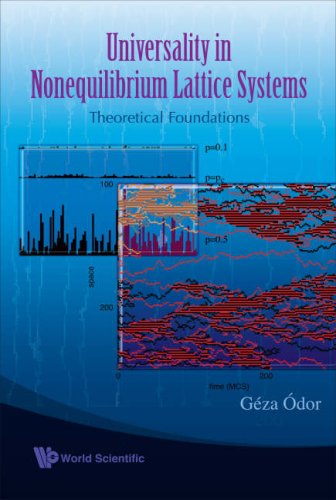
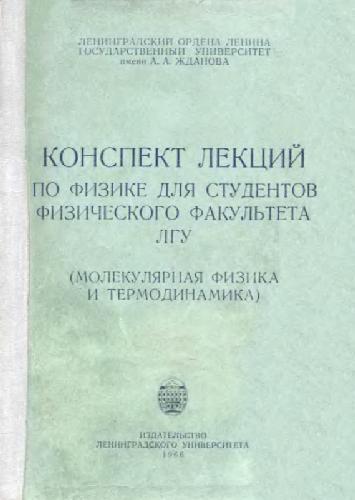
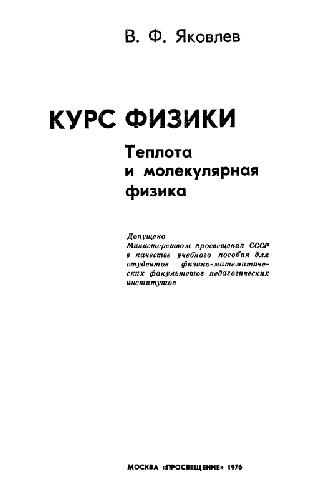

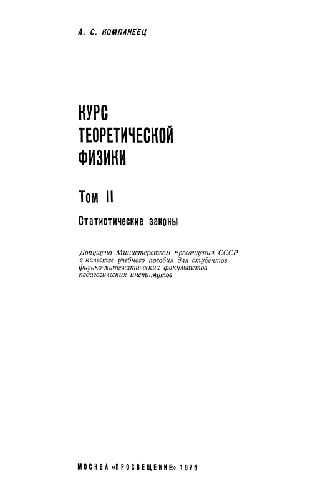
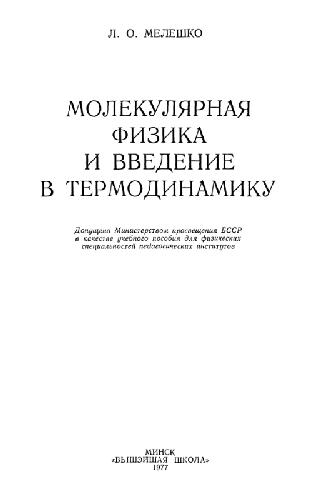
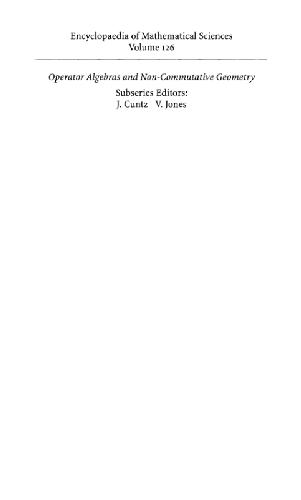
Reviews
There are no reviews yet.